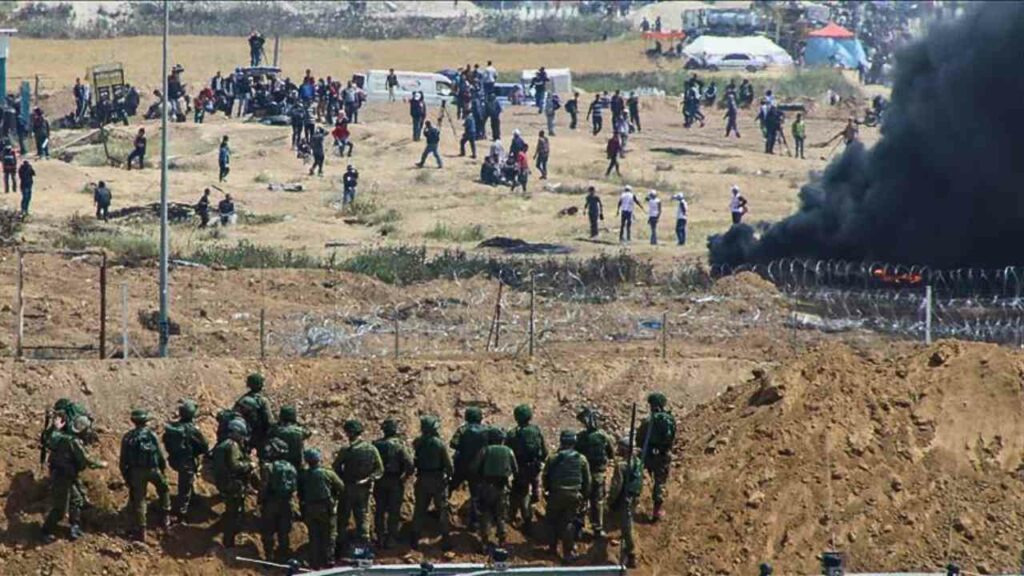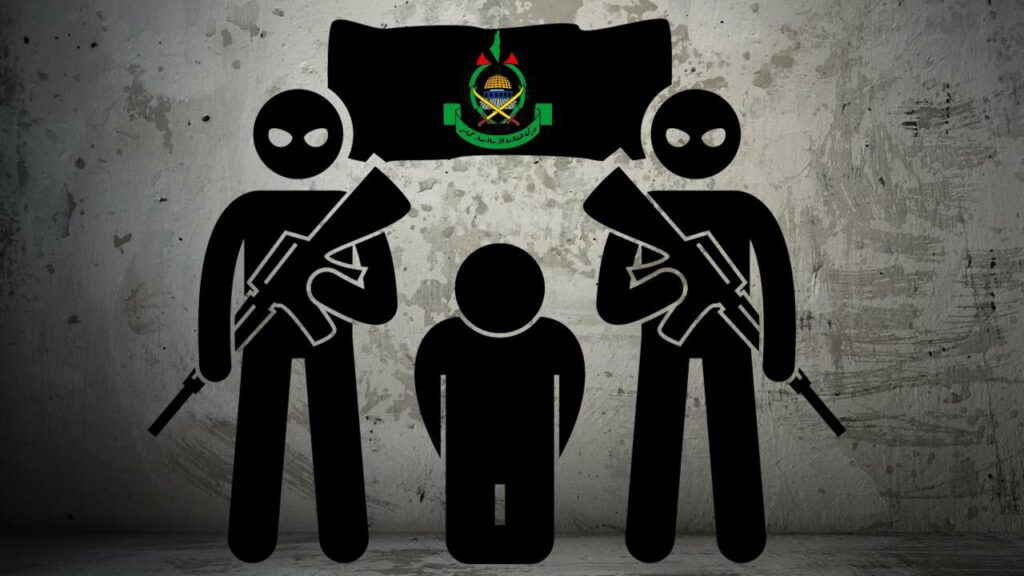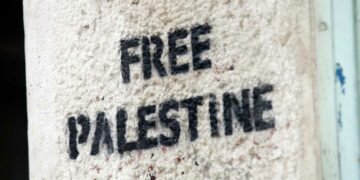1. Retribution for Perceived Offences:
Hamas cited the attack as retribution for what they described as attacks on women, the desecration of the al-Aqsa mosque in Jerusalem, and the ongoing siege of Gaza.
2. Shaking the Status Quo:

The attack aimed to disrupt the prevailing status quo, where Israel maintains a tight siege on Gaza, and the vision of an independent Palestinian state remains distant.
3. Regional Dynamics:
The attack may have been an attempt to bring the Palestinian issue back to the regional and international forefront, especially with the rise of Saudi-Israel normalization talks.
4. Showcasing Military Capabilities:
The scale and tactics of the attack were a clear demonstration of Hamas’s military capabilities, signaling to Israel and the world that they should be taken more seriously.
5. Political Messaging:

The attack served as a political message to Palestinians, contrasting Hamas’s aggressive stance with the Palestinian Authority’s more passive approach.
6. Propaganda and Perception:
Hamas’s use of propaganda videos and bodycams aimed to instill fear among the Israeli public and showcase their operations, serving both international and domestic audiences.
7. Hostage Strategy:

The abduction of a significant number of hostages, including civilians, indicated that Hamas was aiming for more than just a prisoner swap, seeking longer-term political implications.
8. Existential Warfare:
The large-scale offensive suggested that Hamas viewed the upcoming confrontations as potentially existential, preparing for an all-out war.
9. Regional Backing:
Speculations arose that Hamas might have been promised regional support by its allies if a full-scale conflict ensued.
10. Multi-Front Strategy:
Hamas’s strategy was based on a multi-front conflict, leveraging support from Gaza, Jerusalem, the West Bank, Arab citizens of Israel, and potentially southern Lebanon.
Sources:









